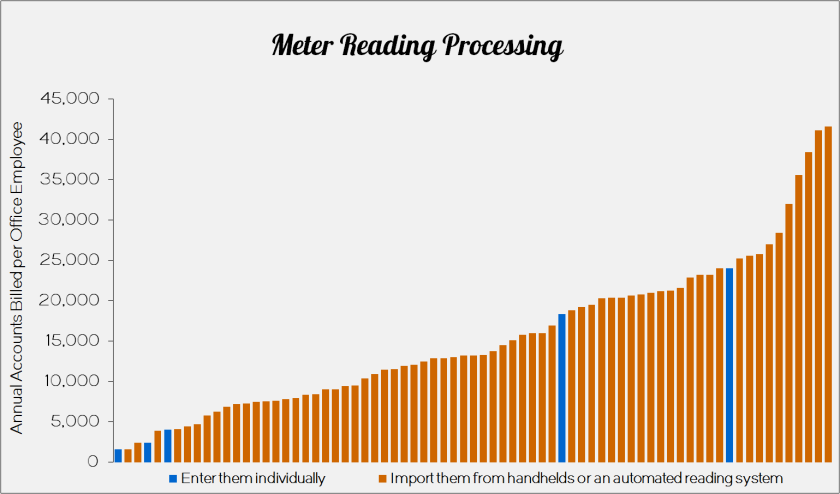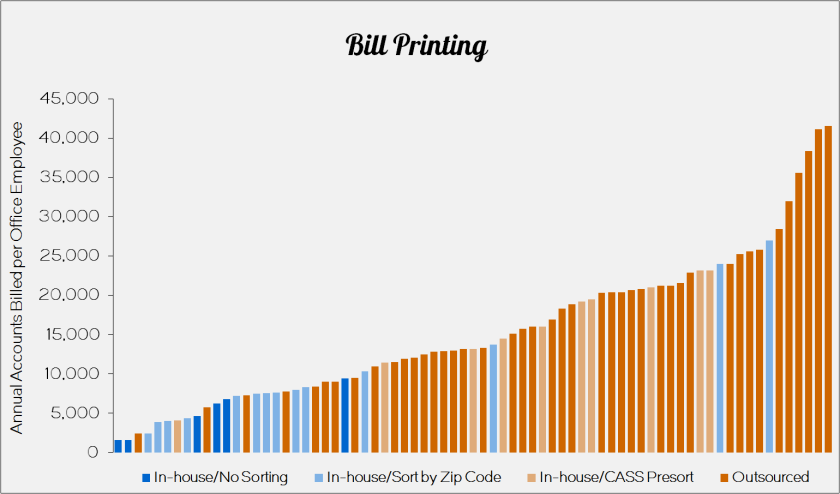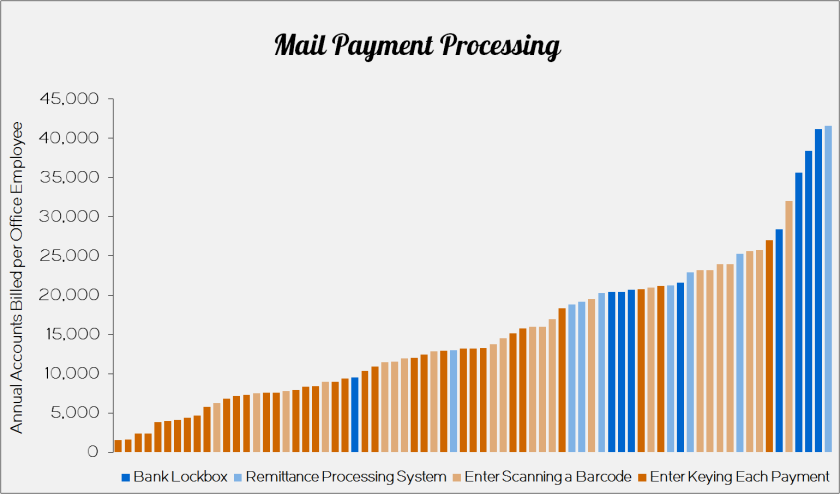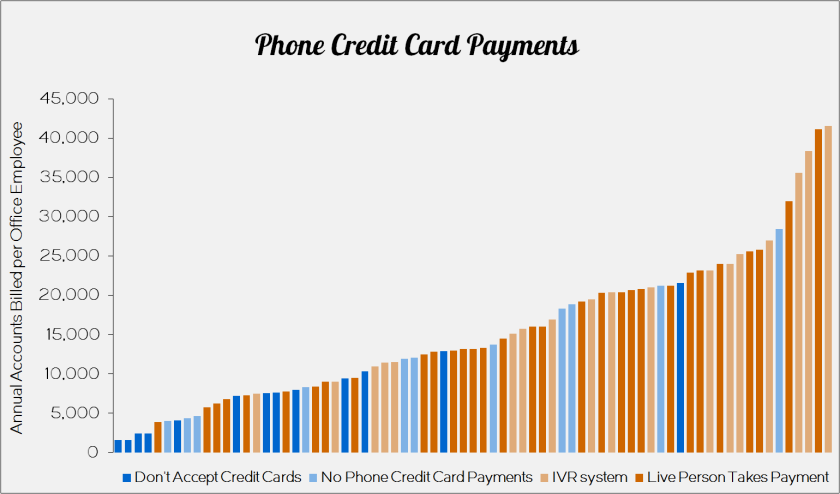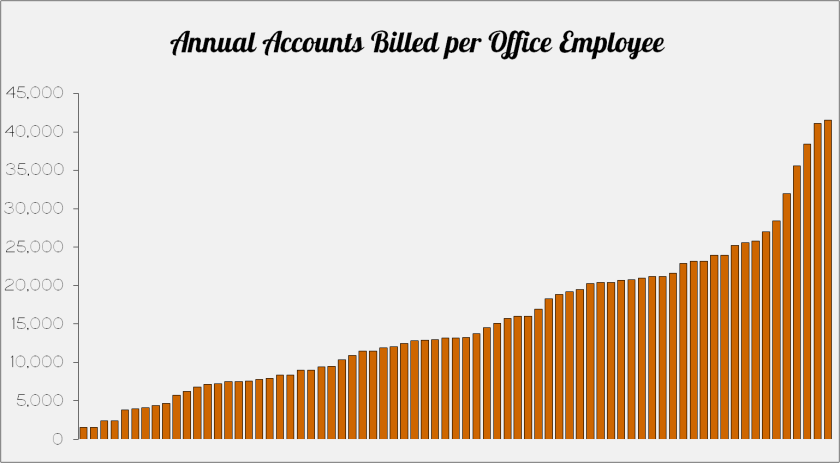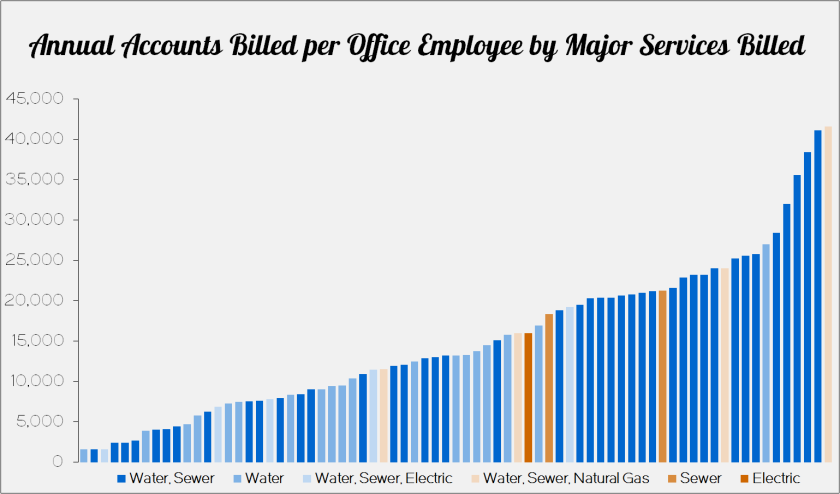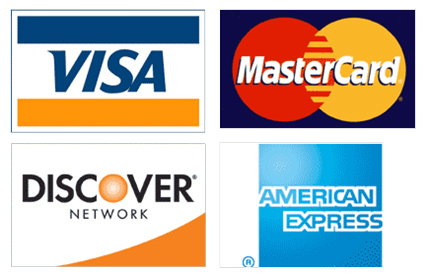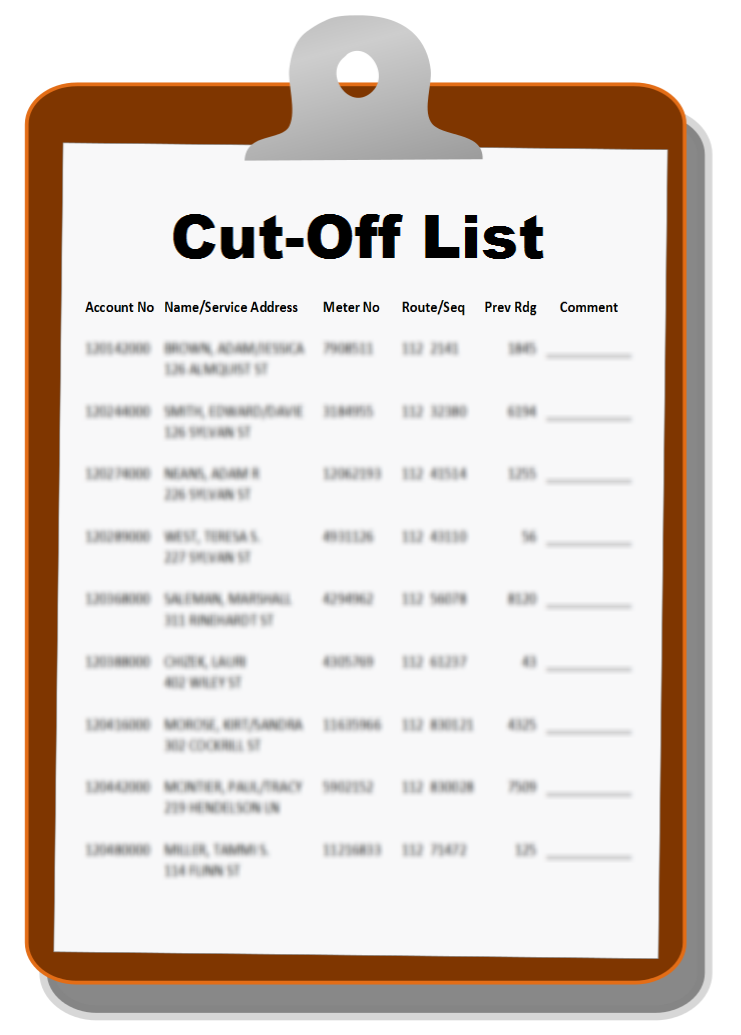The last Utility Information Pipeline dealt with your Red Flags Rule policy and if it is up-to-date. Today, we’ll take a look at applying the Red Flags Rules at various phases of the account lifecycle.
The graphic below is from LexisNexis and identifies key areas in the life of a utility account where potential identity theft and fraud, two key areas addressed by the Red Flags Rule, can occur. If you’re not familiar with LexisNexis, many utilities use their services to research and validate social security numbers. Your utility may already use their services if you operate in a state with a debt set-off program and need to locate social security numbers for bad debt accounts.
For most utilities, the infographic below is primarily relevant for the Account Opening process, but can also apply to Account Management and Account Collections:
Account opening
When a new customer applies for service, you should insure the applicant is who he or she claims to be. The two best ways to do this are to require photo ID and proof of residency (lease agreement or closing documents) for the address for which they are applying for service.
You should also perform a bad debt search using relevant identifying information (name, driver’s license number, social security number and date of birth) to see if the applicant is a previous customer with possible unpaid bills.
Finally, if you base your security deposit on the applicant’s credit rating, insuring the applicant is who they claim to be is vitally important.
Account management
Insuring the person you are talking with is indeed the account holder is important before divulging any financial information for an account. If the customer is in your office, their identity can easily be verified by comparing their face or current photo ID to the photo ID on file.
Customers on the phone aren’t as easily verified, so many utilities require the caller to provide either the last four numbers of their social security number or answer a security question.
If a customer who previously had no history of delinquencies suddenly appears on your cut-off list, do you have a policy in place to insure they have an adequate security deposit?
Account collections
The key to collecting final bills is to be diligent and have an aggressive program in place to follow up with unpaid final bills. Waiting until the end of your fiscal year, just before writing off bad debt accounts, is too late to follow up. You should actively pursue unpaid final bills after each billing.
Is it time to reexamine your processes?
If you aren’t doing all you can to protect against identity theft and fraud or to collect bad debt accounts, please give me a call at 919-232-2320 or e-mail me at gsanders@logicssolutions.com to learn how a business review could help you evaluate how to improve your effectiveness.
© 2016 Gary Sanders




